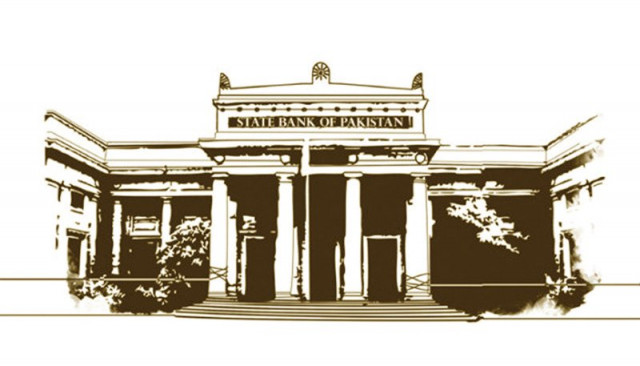
In the third open market operation (OMO) of 2015, the State Bank of Pakistan (SBP) injected liquidity of Rs526.6 billion into the banking system on Monday.
The cash injection was aimed at addressing the shortage of liquidity that has affected the banking system for the last three months.
According to data released by the SBP’s Domestic Markets and Monetary Management Department, the liquidity-injecting OMO had a tenor of four days with the accepted rate of return clocking up at 9.3% per annum.
The latest injection follows OMOs on January 2 and January 9 that injected Rs513.1 billion and Rs694.1 billion, respectively, into the banking system.
The SBP conducted as many as six cash injection operations last month that provided the banking sector with a cumulative liquidity of Rs2.1 trillion.
In contrast, the cumulative liquidity injection in the same month of 2013 was only Rs241.1 billion. In fact, the SBP had to mop up Rs2.4 trillion from the interbank market in July-March of the last fiscal year, as the interbank market had excess liquidity for the most part of 2013-14.
‘Misconceptions’
OMOs help banks address their short-term liquidity shortages by letting them borrow from the SBP against their holdings in government securities. Following heavy cash injections on a weekly basis for almost two months, economic commentators said banks’ persistent liquidity shortages were ‘self-inflicted’ because they kept far less cash than they needed to and invested it in government papers to earn a return.

It created liquidity shortage in the inter-bank market, they stated, forcing the SBP to conduct OMOs every week.
Under the banking regulations, the weekly average Cash Reserve Requirement (CRR) for every bank is 5% of the sum of its demand deposits and time deposits of up to one year. This is in addition to the Statutory Liquidity Requirement of another 19%. Banks are penalised instantly for failing to maintain the weekly average of 5% CRR.
SBP data for the latest period (December 19-January 1) shows that the excess cash reserve held by banks ‘over and above the required CRR’ amounted to as much as Rs119.5 billion. The five biggest commercial banks alone maintained excess cash reserves of Rs3.9 billion on a daily basis over the same period.
In a press release last week, the SBP said the aim of liquidity injection was not to benefit banks. Calling this interpretation of successive OMOs ‘partial analysis of monetary variables,’ it said the liquidity crunch in the interbank market is primarily a function of negative government borrowings from the central bank.
As opposed to Market Treasury Bills that result in government borrowings from scheduled banks, this is the debt that the government had raised through Market Related Treasury Bills (MRTBs). Thus, its retirement means that the government is sucking liquidity out of the system at a massive level and putting it back into the hands of the central bank.
The government retired Rs315.4 billion of its debt from the central bank during July 1 and December 26. In contrast, government borrowings from the SBP had totalled Rs780 billion in the comparable period of the preceding fiscal year, official data shows.
Moreover, government borrowings from scheduled banks are also creating demand for further liquidity in the system. They amounted to Rs646.8 billion until December 26 as opposed to the retirement of Rs40.4 billion during the same period of 2013-14.
Published in The Express Tribune, January 20th, 2015.
Like Business on Facebook, follow @TribuneBiz on Twitter to stay informed and join in the conversation.




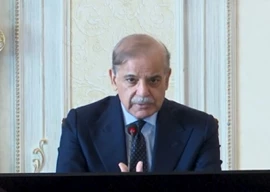
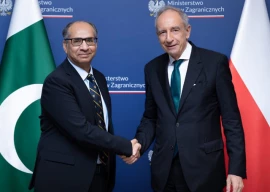

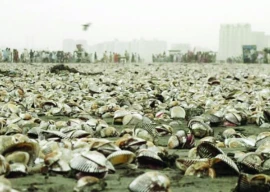




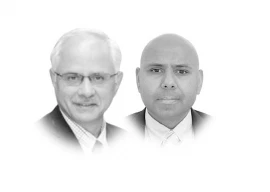





COMMENTS
Comments are moderated and generally will be posted if they are on-topic and not abusive.
For more information, please see our Comments FAQ